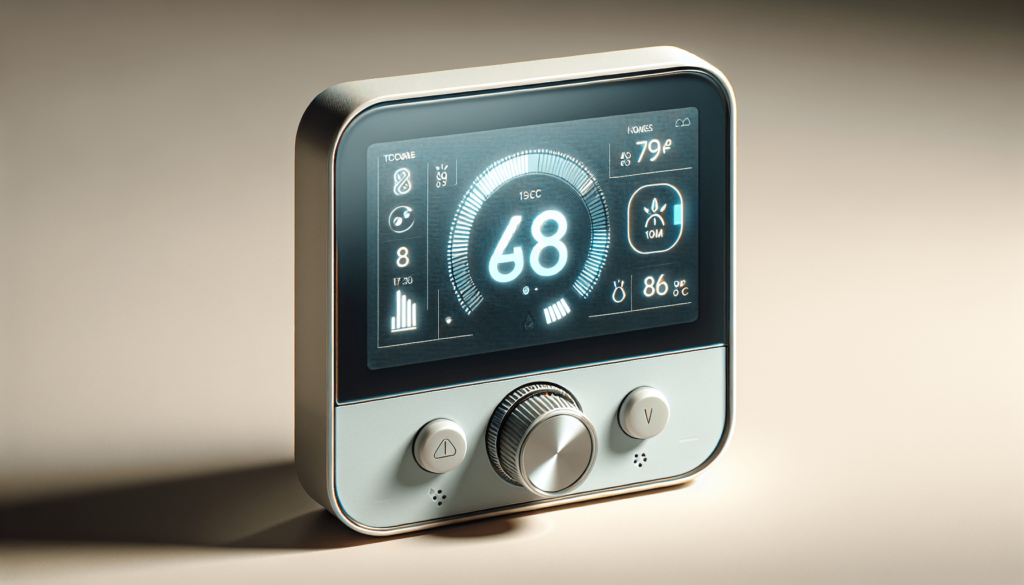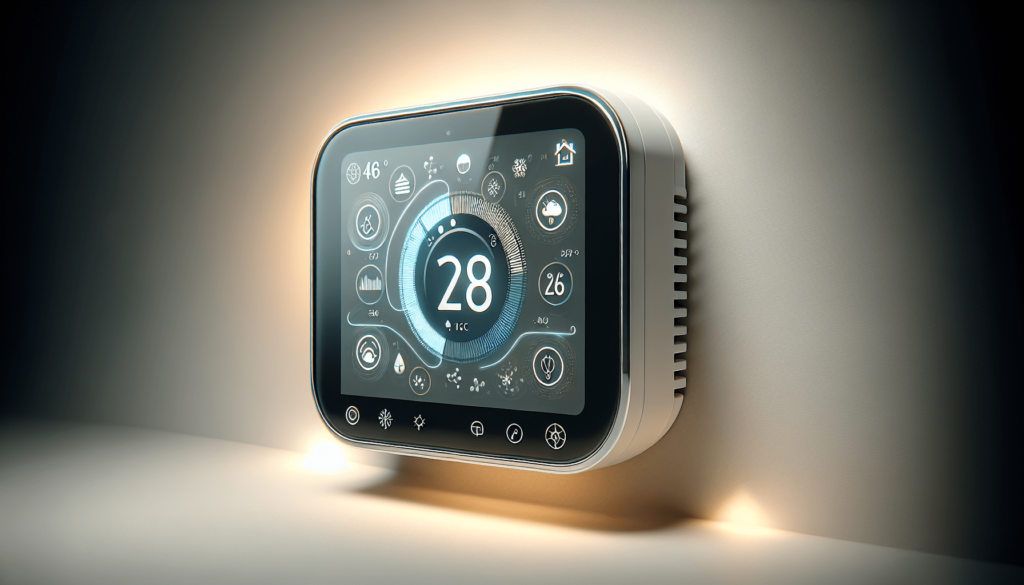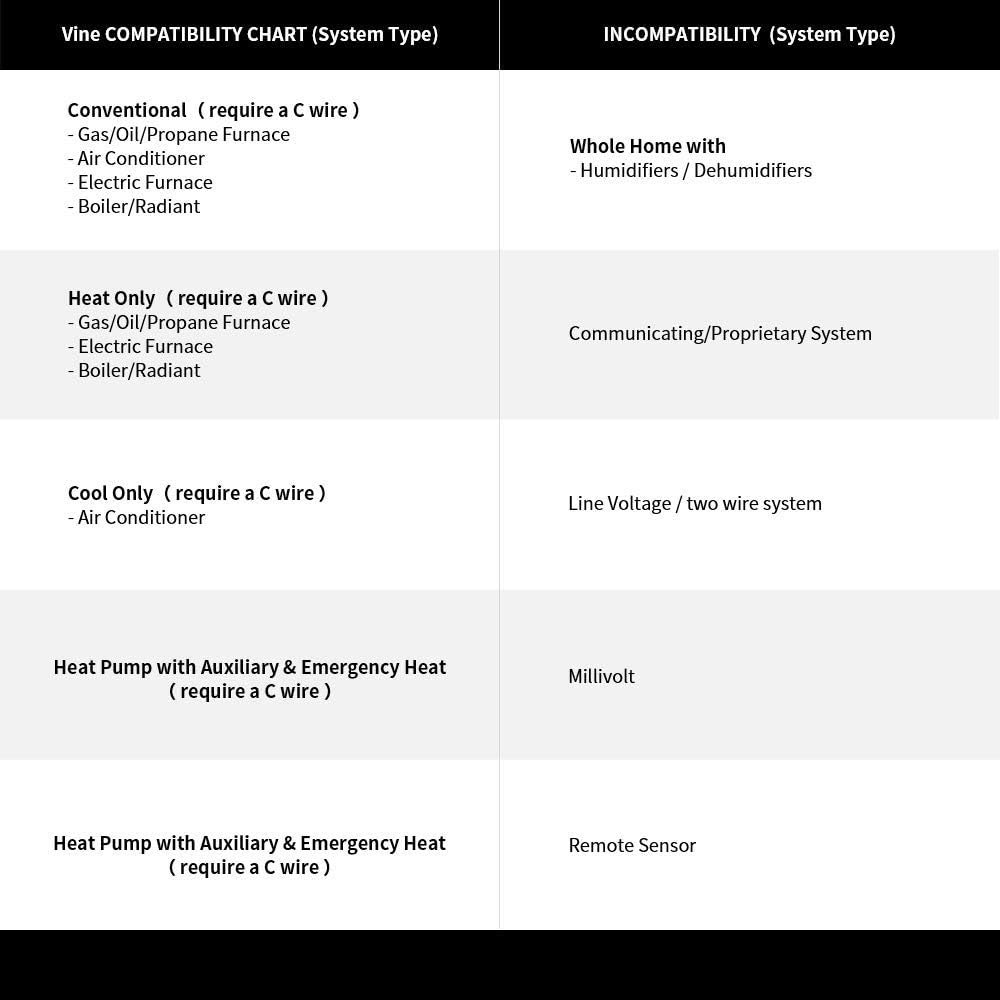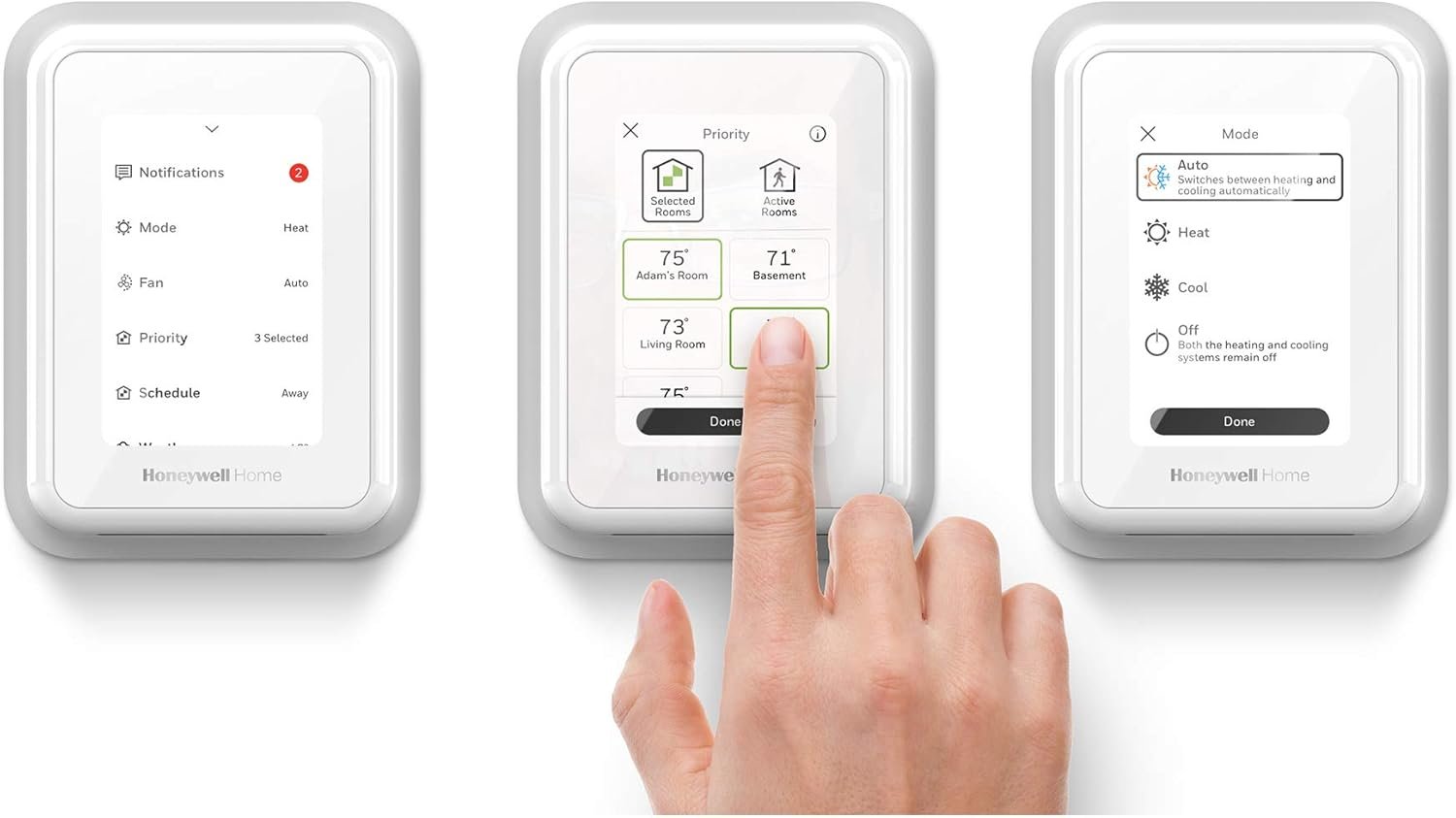Is investing in a smart thermostat worth your while, and exactly how much money can it actually save you? This is a question often at the forefront for conscientious homeowners aiming to tighten their monthly energy budgets. With the rise of smart home technology, smart thermostats have emerged as a promising tool for enhancing convenience and efficiency while potentially reducing energy costs. This comprehensive exploration will lead you through the myriad aspects of smart thermostats, outlining not only their benefits but also their limitations and helping you decide if they are the right choice for your home.

Understanding Smart Thermostats
Smart thermostats are an upgrade over traditional thermostats, leveraging advanced technology to manage your home’s heating and cooling systems efficiently. These devices can connect to your Wi-Fi, allowing you to control them remotely through smartphones or other digital assistants. They learn your preferences over time and adjust heating and cooling schedules to ensure comfort without wasting energy.
How Do Smart Thermostats Work?
At their core, smart thermostats gather data from built-in sensors and your home’s Wi-Fi to make adjustments to the heating and cooling systems. They analyze historical data on your energy usage patterns, temperature preferences, and even the weather forecast to optimize your comfort and energy efficiency. Some models incorporate advanced learning algorithms that refine these patterns over time for more efficient operation.
Key Features of Smart Thermostats
Smart thermostats come equipped with numerous features that provide convenience and energy savings. Common features include:
- AI Learning: These thermostats can learn your routines and adjust temperatures accordingly without manual input.
- Geofencing: This lets your thermostat know when you leave or approach home, adjusting the temperature for comfort when you’re there and economy when you’re not.
- Remote Access: Control your thermostat from anywhere via smartphone applications, ensuring you can adjust settings even on the go.
- Energy Reports: Detailed reports showing your energy consumption and savings, helping you identify further efficiency improvements.
Financial Benefits of Smart Thermostats
One of the most appealing aspects of smart thermostats is their potential for cost savings on energy bills. The savings you can achieve largely depend on your energy usage patterns and the climate you live in.
Potential Cost Savings
Smart thermostats can lead to significant energy savings, with many manufacturers claiming savings between 10-20% on heating and cooling costs. The actual savings can vary, based on several factors, such as how efficiently you previously managed your thermostat settings and the specific climate of your home.
Analyzing Energy Efficiency
The main way smart thermostats save money is by optimizing the timing and intensity of heating and cooling. For instance, if the thermostat knows your household is typically empty during certain hours, it can adjust the temperature to be more economical during those times. Similarly, using the weather forecast, it can pre-cool or pre-heat your home when energy demand is lower, leveraging off-peak rates if applicable.
Rebate and Incentive Programs
Many energy companies and governments recognize the value of smart thermostat technology and offer rebates or incentives to minimize the initial costs. These programs are designed to encourage the adoption of energy-efficient technologies and can significantly lower the purchase and installation costs of smart thermostats. Checking with your local utility company for available programs can yield additional savings.
Evaluating the Best Smart Thermostats
When choosing a smart thermostat, factors such as energy efficiency, price, and feature set are crucial. Several models stand out due to their unique offerings and consumer satisfaction levels.
Top Models: A Comparative Look
Here’s a comparative analysis of some popular smart thermostat options to help guide your decision-making process:
| Brand/Model | Energy Efficiency | Price Range | Key Features | Customer Satisfaction |
|---|---|---|---|---|
| Nest Learning | High | $$$ | AI learning, geofencing, remote control, detailed energy reports | High |
| Ecobee SmartThermostat | High | $$ | Voice control, room sensors, smart home integration | High |
| Honeywell Home T9 | Moderate | $$ | Remote sensors, geofencing, customizable alerts | Moderate |
Installation Considerations
While some homeowners prefer hiring professionals for insulation, a smart thermostat can often be a DIY project, saving on installation costs. Basic knowledge of home wiring and access to online tutorials can guide you through the process. Ensure the thermostat is compatible with your home’s HVAC system before purchase.
Advanced Features & Integration
Smart thermostats today are more than just programmable thermostats. They incorporate several advanced features that enhance both user convenience and home efficiency.
AI Learning and Adaptability
AI learning capabilities allow smart thermostats to adapt to your daily routine. This means the device will automatically adjust the heating and cooling settings based on your habits—whether you’re at home or away—to maintain comfort while conserving energy.
Geofencing and Location Tracking
A thermostat with geofencing capabilities uses your smartphone’s GPS to track your proximity to home. It will adjust the temperature to conserve energy when you’re away and make the home comfortable by the time you return, enhancing convenience and efficiency.
Voice Assistant Integration
Many smart thermostats integrate seamlessly with voice assistants like Amazon Alexa, Google Assistant, and Apple HomeKit. This means you can adjust your home’s temperature with simple voice commands, adding another layer of convenience.
Multi-Zone Control
Multi-zone control allows for independent temperature settings across different areas of a home. This is particularly beneficial in larger homes where different rooms might have varying heating or cooling needs. Adjusting zones can prevent energy waste and lower bills.

Potential Drawbacks to Keep in Mind
While smart thermostats offer numerous advantages, there are a few potential drawbacks to consider:
Initial Costs and Compatibility
Smart thermostats are generally more expensive upfront compared to traditional models. However, the investment can pay off through energy savings over time. Another concern is compatibility; ensure your home’s existing HVAC system supports the smart thermostat model you choose.
Complexity and Learning Curve
For tech-savvy individuals, the integration of smart thermostats into a smart home system is relatively straightforward. However, for those less familiar with technology, the learning curve can be steep, requiring time to understand all features and settings.
Privacy and Security Concerns
Like any Internet-connected device, smart thermostats can potentially be vulnerable to cybersecurity threats. Protect your data by ensuring strong passwords and keeping your device firmware updated to the latest version. Adjusting privacy settings to match your comfort level is also recommended.
Conclusion: Is a Smart Thermostat Right for You?
Determining if a smart thermostat is worth it comes down to evaluating your specific needs and circumstances. For most, the potential for energy savings, convenience, and enhanced control makes them a worthwhile consideration. They are particularly beneficial for those looking to reduce energy bills while improving home comfort, tech-savvy users interested in home automation, and energy-conscious consumers. Renters may also find value if they plan to stay in one place long enough to recoup the initial investment.
Tips for Making the Right Choice
- Assess Your Needs: Consider your household’s specific heating and cooling requirements, as well as your comfort with technology.
- Evaluate Costs and Savings: Calculate potential savings against upfront costs, keeping in mind any applicable rebates.
- Research Models: Investigate different models and compare their features to ensure they meet your preferences and budget.
- Consider the Environmental Impact: Beyond personal savings, a smart thermostat can contribute to reduced energy consumption and a smaller carbon footprint.
By addressing these factors, you can make an informed decision on whether a smart thermostat will effectively enhance your home’s comfort and efficiency in the long run.
Disclosure: As an Amazon Associate, I earn from qualifying purchases.






